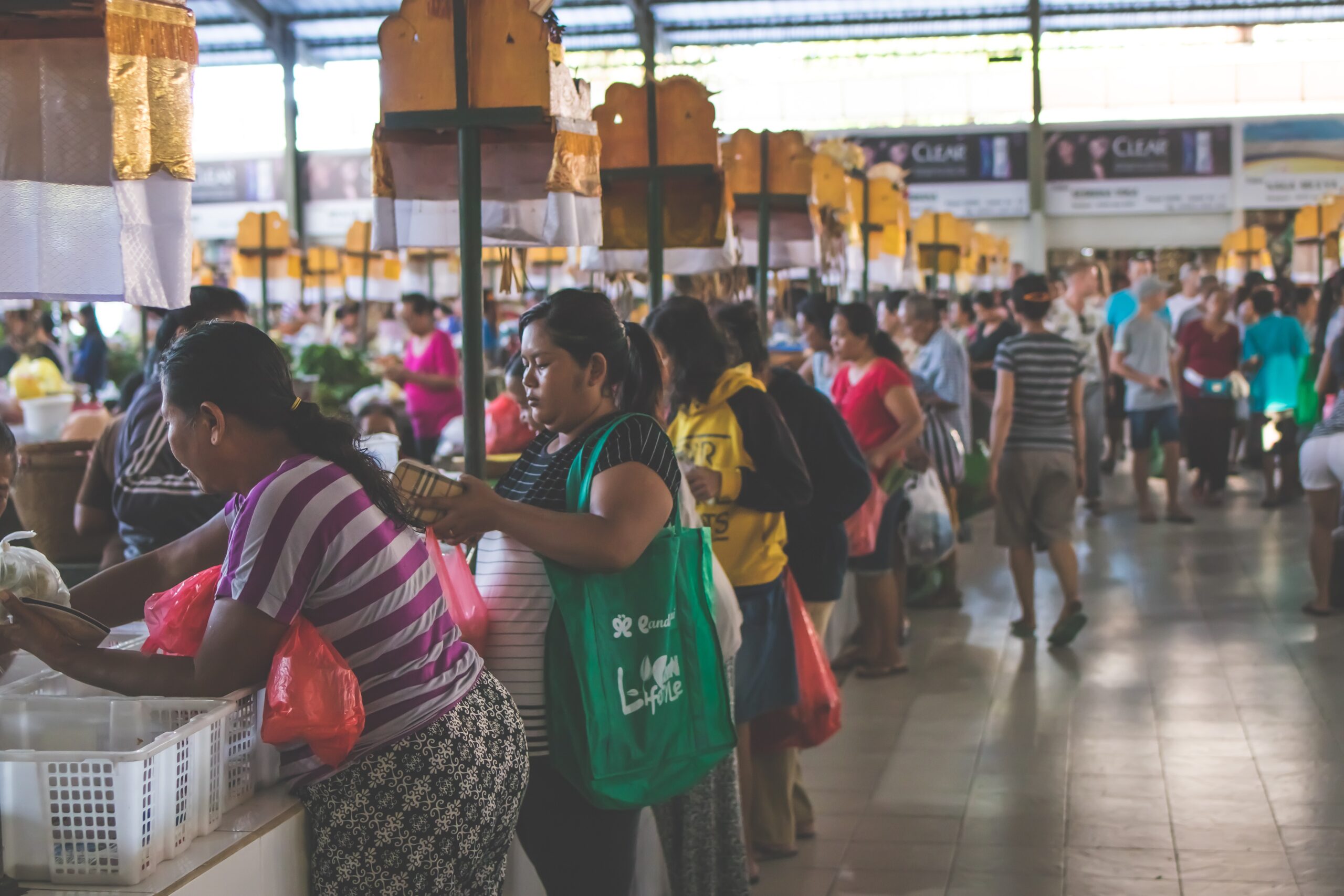Various problems lurk global and national economic stability, such as hyperinflation. Then, what threatens the Indonesian economy? In fact, stagflation is far more dangerous and threatening than hyperinflation.
Center of Economics and Law Studies (Celios) economist Bhima Yudhistira said that Indonesia’s inflation did increase due to the increase in fuel prices, but it was still far from hyperinflation.
A country is called hyperinflation if the inflation rate is more than 50 percent in one month. In this case, Indonesia, whose normal inflation is at 4 percent, can be said to be hyperinflationary if it reaches double digits.
“Indonesia is still far from that (hyperinflation). There is no sign of that yet,” he added.
According to Bhima, stagflation is far more dangerous and threatening than hyperinflation. This is because hyperinflation occurs during certain conditions, such as in Indonesia due to the increase in the price of fuel and other goods, which usually occur temporarily.
In addition, hyperinflation usually occurs due to excessive general inflation spikes and is followed by an increase in core inflation which illustrates the demand side or people’s purchasing power also increases.
Meanwhile, stagflation is a condition where there is a spike in inflation due to an increase in the price of goods, without being followed by core inflation or demand, so that economic growth slows down.
“The stagflation of rising prices of goods is not accompanied by an increase in the demand side. If hyperinflation, inflation is above 50 percent and demand remains high. So, stagflation is riskier because it is shown by the asynchronous between production output and inflation,” he explained.
According to him, this condition is currently happening in Indonesia. Inflation soared due to increases in the supply side, raw material costs, transportation costs, and distribution costs. Meanwhile, from the low demand side, it is reflected in the sloping core inflation.
In September, Indonesia’s annual inflation was recorded at 5.95 percent. Based on its components, price inflation regulated by the government was 13.28 percent, volatile inflation was 9.02 percent, and core inflation was only 3.21 percent.
On the other hand, World Bank President David Malpass last week said it was a challenge of a perfect storm that could nullify decades of economic development work.
Stagflation is the deadly combination of high inflation and low economic growth, while a recession is successive economic contractions, usually in two periods yearly.
In a report on global economic prospects in early June, the World Bank stated that the risk of stagflation is increasing amid an economic slowdown. Due to the multiplier damage caused by the Covid-19 pandemic, Russia’s invasion of Ukraine increases the risk of a global slowdown, which sends the world into a phase of weak economic growth and high inflation, the report said.
The increased risk of stagflation will have the most impact on the people of middle and lower-income countries, compared to developed countries.
The world economy is predicted to decline from growing 5.7% in 2021 to only 2.9%, much lower than the World Bank’s estimate in January. According to their calculations, the combination of the impact of the pandemic and the Russian invasion made the per capita income level of developing countries fall 5% below pre-pandemic levels.


















